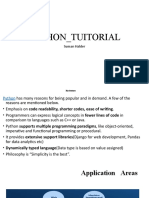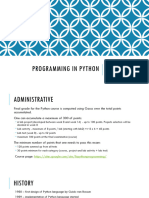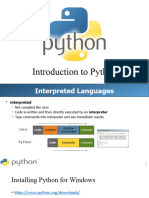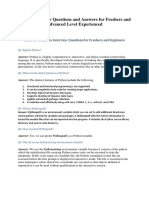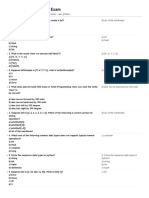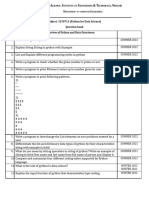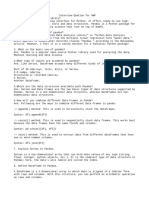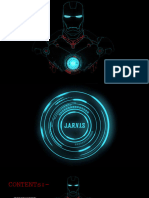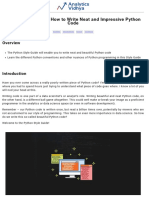0% found this document useful (0 votes)
14 views8 pagesPython Revision Tour PDF
The document provides an overview of Python, highlighting its features, advantages, and disadvantages. It covers essential programming concepts such as tokens, literals, operators, and data structures like strings, lists, tuples, and dictionaries. Additionally, it includes examples of operations and methods associated with these data types.
Uploaded by
chikuu0012Copyright
© © All Rights Reserved
We take content rights seriously. If you suspect this is your content, claim it here.
Available Formats
Download as PDF, TXT or read online on Scribd
0% found this document useful (0 votes)
14 views8 pagesPython Revision Tour PDF
The document provides an overview of Python, highlighting its features, advantages, and disadvantages. It covers essential programming concepts such as tokens, literals, operators, and data structures like strings, lists, tuples, and dictionaries. Additionally, it includes examples of operations and methods associated with these data types.
Uploaded by
chikuu0012Copyright
© © All Rights Reserved
We take content rights seriously. If you suspect this is your content, claim it here.
Available Formats
Download as PDF, TXT or read online on Scribd
/ 8


